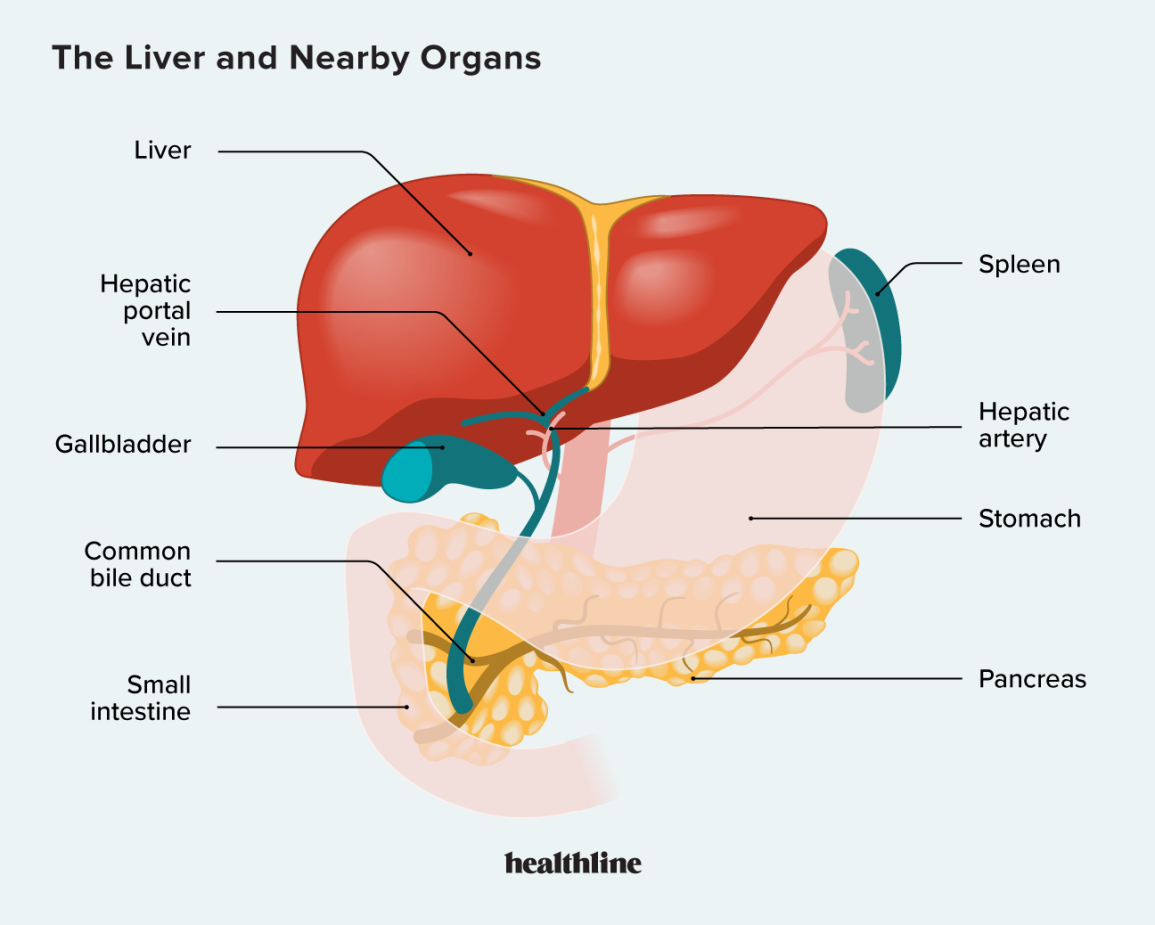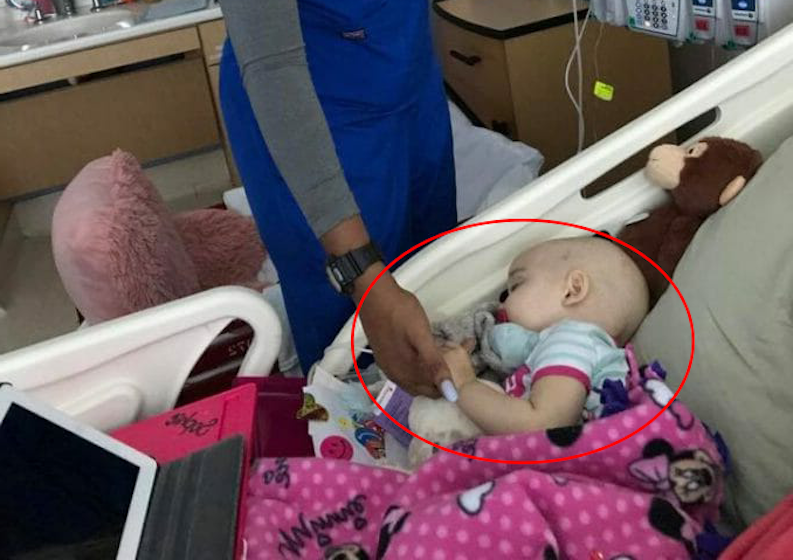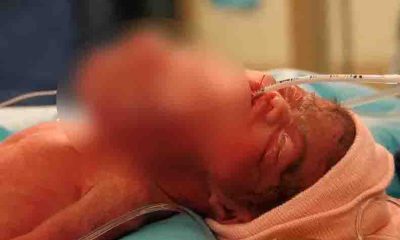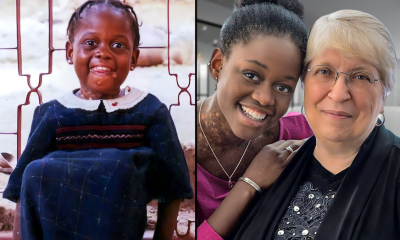People
Study indicates a connection between sociodemographic characteristics and the recovery of liver transplant recipients

Together with UTSW mentor Amit G. Singal, M.D., M.S., Professor of Internal Medicine, member of the Division of Digestive and Liver Diseases and the Harold C. Simmons Comprehensive Cancer Center, Medical Director of the Liver Tumor Program, and Chief of Hepatology, Dr. Lieber oversaw the study that was published in Liver Transplantation.
For the thousands of Americans who suffer from liver disorders or injuries each year, transplantation offers a chance at recovery. According to Dr. Lieber, even though more than 70% of patients who undergo this operation live for at least five years, their rehabilitation may be difficult on a physical, emotional, and psychological level. Adapting to a new life after a liver transplant requires stringent medication adherence, regular clinical monitoring, and unanticipated problems.
To better understand what factors influence survivorship, Dr. Lieber and colleagues emailed surveys to hundreds of patients who received liver transplants between January 1990 and November 2019 and were followed at the University of North Carolina Liver Transplant Center.
The surveys collected sociodemographic information such as age, sex, race, ethnicity, education level, and income; pre-transplant characteristics such as reason for transplantation, waitlist time, and psychiatric history; and post-transplant characteristics including length of hospital stay, employment status, and whether patients had a caregiver.
They also included survey questions validated for other chronic conditions to assess the patients’ abilities to positively cope as well as their level of post-traumatic growth (the ability to adapt and grow after a traumatic event), resiliency, and symptoms of anxiety and depression.
The researchers received 191 completed surveys from patients with a broad span of survival periods ranging from less than a year post-transplant to more than 10 years. A majority of respondents were male (about 64%) and Caucasian (about 84%) and ranged from 28 to 83 years old.
-

 People8 minutes ago
People8 minutes agoMother was left horrified after picking up her baby from childcare, ‘but wait until you hear what the doctors asked her’!
-

 People59 minutes ago
People59 minutes agoNurse wanted to be ‘sneaky’ when mom snaps photo letting everyone knew she saw what she did to her daughter!
-

 People15 hours ago
People15 hours ago19-year-old female driver dies in a car accident: 24 hours later, her mother finds the phone in the wreckage and realizes the heartbreak
-

 People16 hours ago
People16 hours agoDoctors saw something coming out of the baby’s neck; ‘when they find out what it was, it left them speechless’!
-

 People4 hours ago
People4 hours agoA nurse fell asleep in the barber’s chair – so the staff noticed her shoes and secretly took this picture
-

 People7 hours ago
People7 hours agoBoy was born with 180-degree bent neck; ‘but after getting life-changing surgery, something devastating happened’!
-

 People19 hours ago
People19 hours agoSchool Bus Driver Doesn’t Think Photo Of Her Holding Boy’s Hand Is A Big Deal Until Police See It
-

 People13 hours ago
People13 hours agoShe adopted poor black girl, you won’t believe ‘how the child repaid her nearly 3 decades later’!
